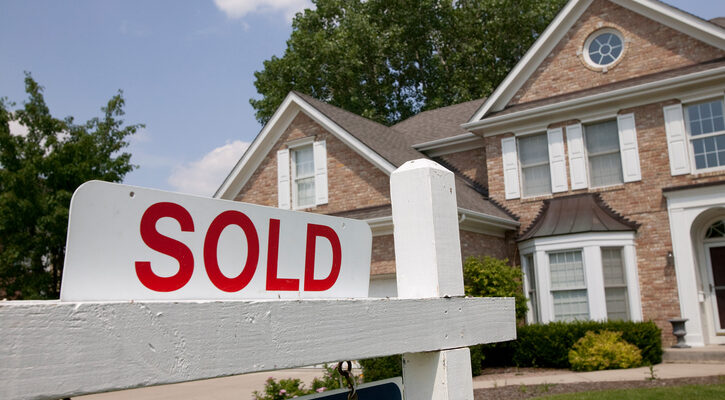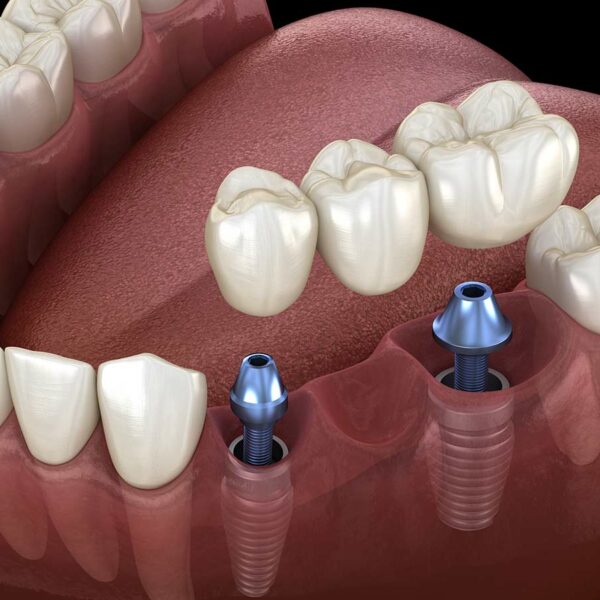
Buying a home is the biggest financial commitment most people make. Many people are trying to get a mortgage loan now, before the Federal Reserve raises interest rates. The Federal Reserve controls the interest rates at which banks can “borrow” money from it, which in turn affects the interest rates people pay on mortgages. When interest rates rise, mortgage rates rise, but this can lead to a cooling of housing prices. This is because when interest rates rise, monthly mortgage payments increase, reducing the number of buyers who can afford a particular property. Whether the drop in home prices makes housing markets more affordable or less affordable on balance in the face of higher interest rates is anyone’s guess. Here are some of the different financing options, even if you do not have a perfect credit score.
Conventional Mortgage
Conventional mortgages, often referred to as “Fannie/Freddie” loans, meet standards that allow them to be bought out by the quasi-governmental organizations Fannie Mae and Freddie Mac. The minimum score to qualify for a conventional mortgage is typically 620 or better. While 620 may be on the “high” side of “bad credit,” any mortgage loan to borrowers with a credit score of 670 or less is considered “subprime.” Minimum down payment requirements range from 5% to 15% and depend on a number of factors, with a typical mortgage down payment being 20%. Anyone making less than a 20% down payment must purchase private mortgage insurance, which can be very expensive. Loan limits vary by market and range from $647,200 to $970,900; anything above that is a “jumbo” loan.
FHA Loans
FHA loans are government-backed loans for first-time homebuyers. They have lower credit score requirements and also reduce the down payment you must make. Properties must be inspected by FHA-approved appraisers, which reduces the potential pool from which you can buy. For example, condos in buildings with too many rental units are not considered qualified properties for FHA loans. FHA loans are for primary residences only, so they cannot be used for investment properties or second homes. FHA loans require a down payment of at least 3.5% if you have a credit score of 580 or higher. Borrowers with a lower credit score, below 580, are required to make a 10% down payment. Generally, you can qualify with a score as low as 500.
Other types of credit
There are other types of loans, such as VA loans for veterans and USDA loans for properties located in rural areas. Despite the similarity in name to the stamp on a beef package, you do not have to be a farmer to apply for a USDA loan. USDA loans require no down payment (if you qualify), have low interest rates (as low as 1%) and even allow borrowers to qualify with subprime loans. The catch is that the loans are usually only for rural areas, although some suburbs may qualify. You can not make too much money if you get a USDA loan; they are intended for low-income people who earn no more than 115% of the median income for a given area. This fact combined with location requirements makes USDA loans helpful for low-income people in rural areas.
Conclusion
Buying a home can be an intimidating experience. If you – like more than half of Americans – do not have a perfect credit score, be sure to research FHA and USDA loan options (as well as VA, if you are a veteran).












